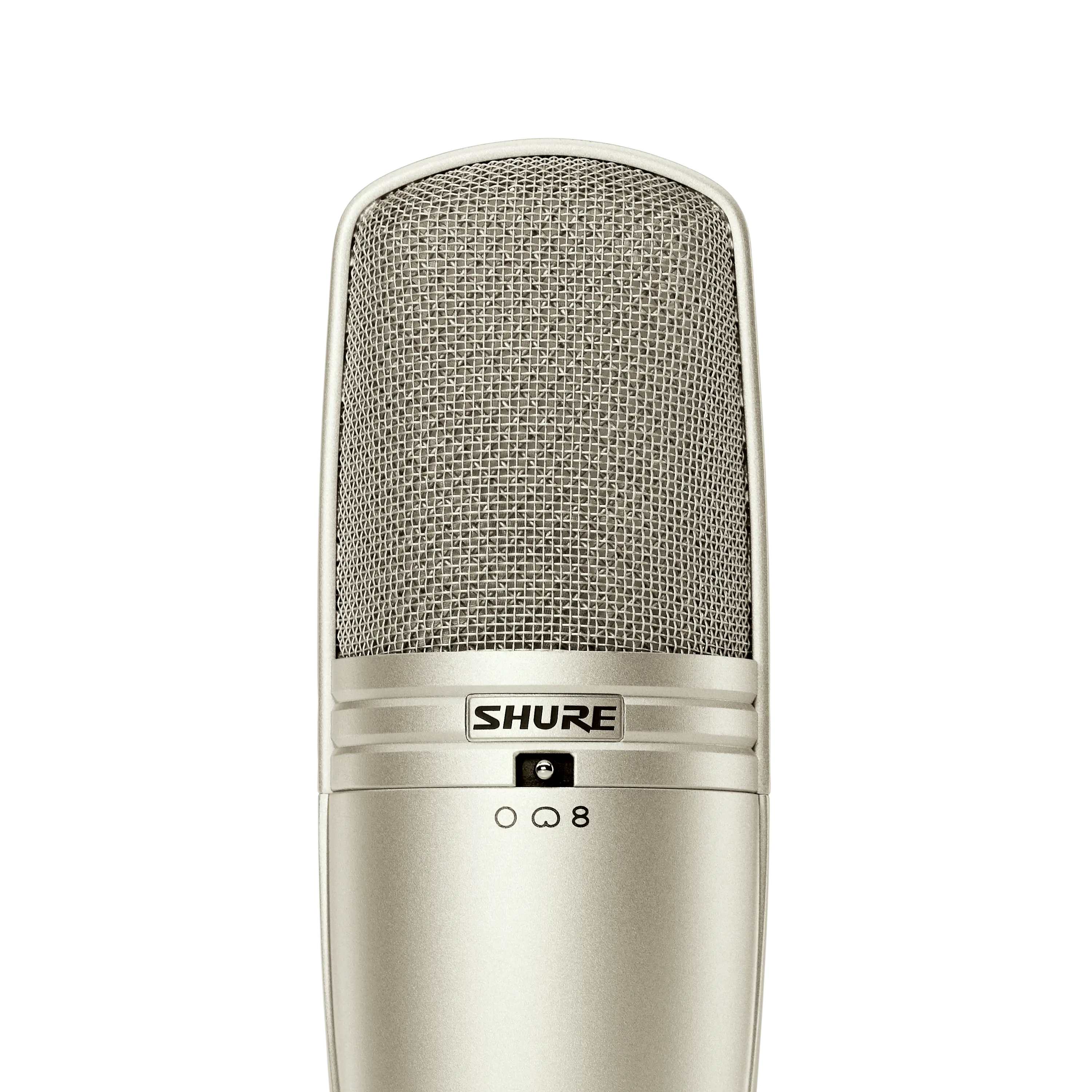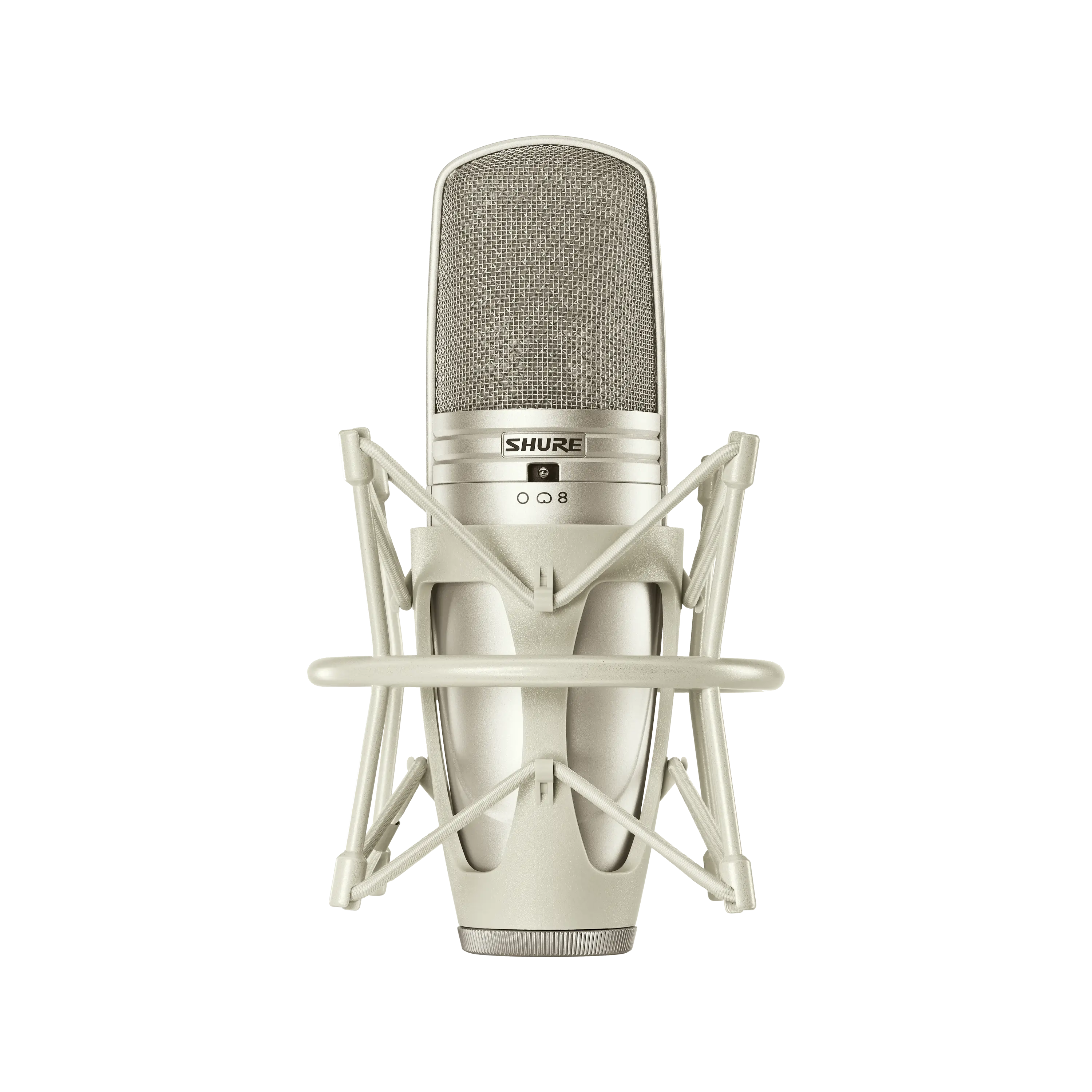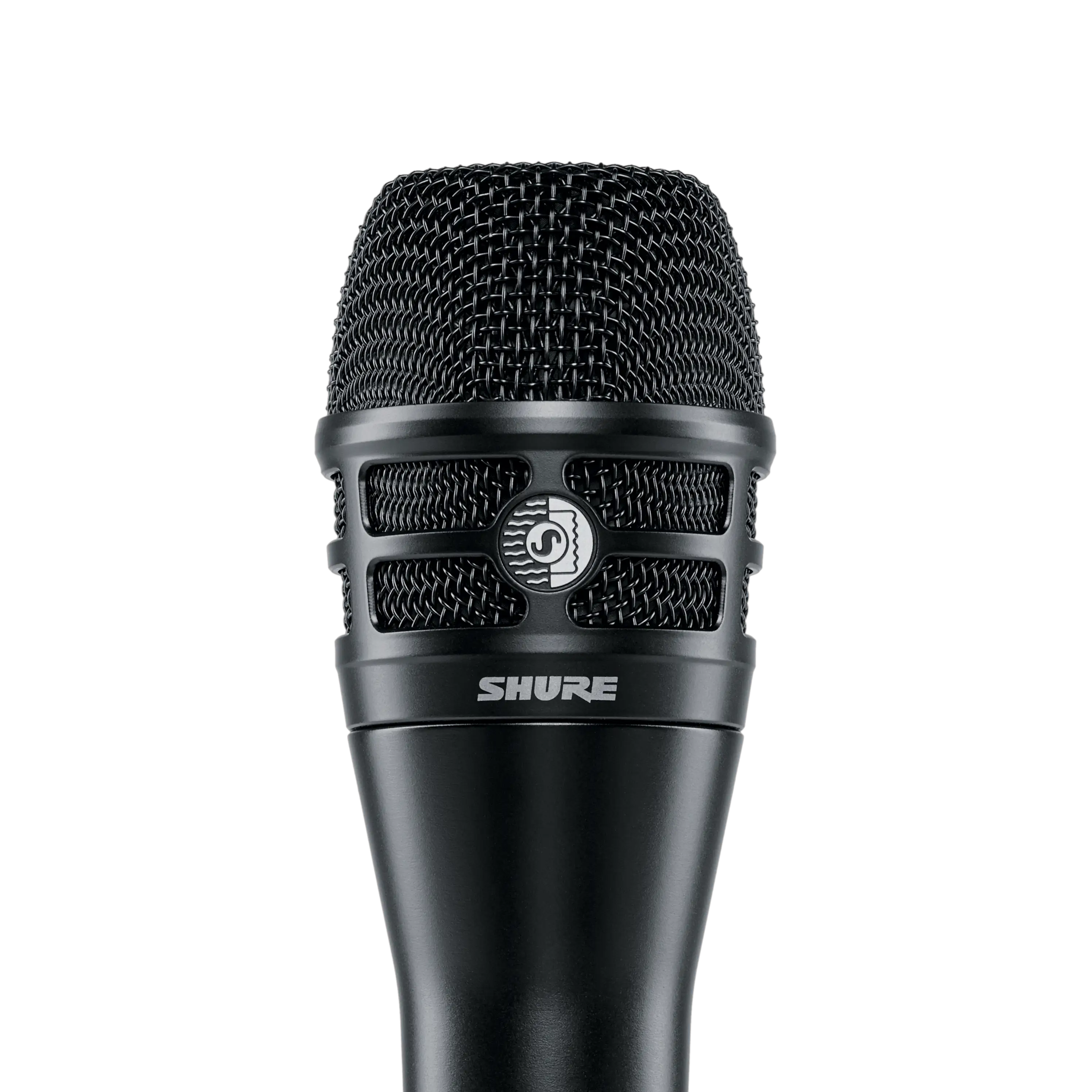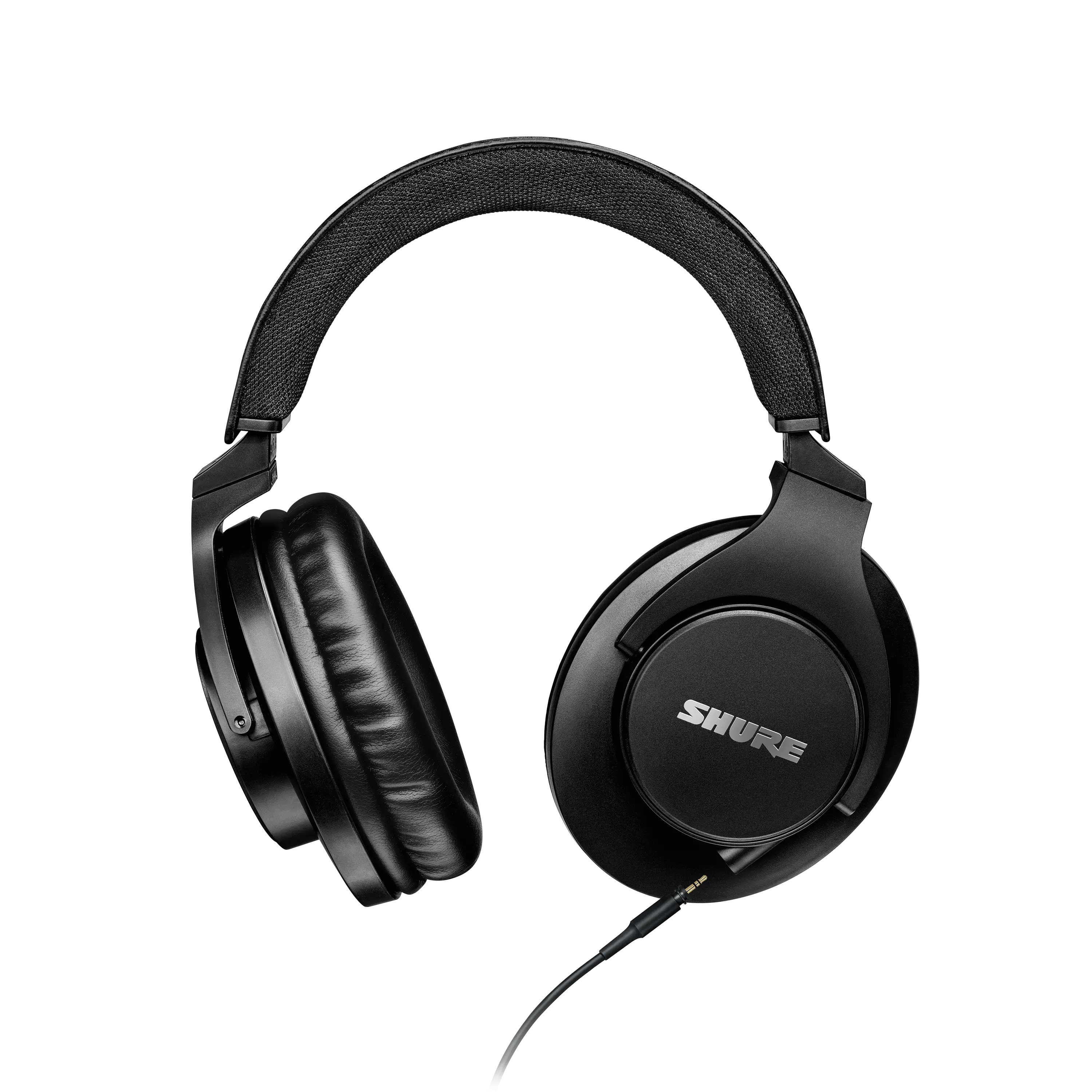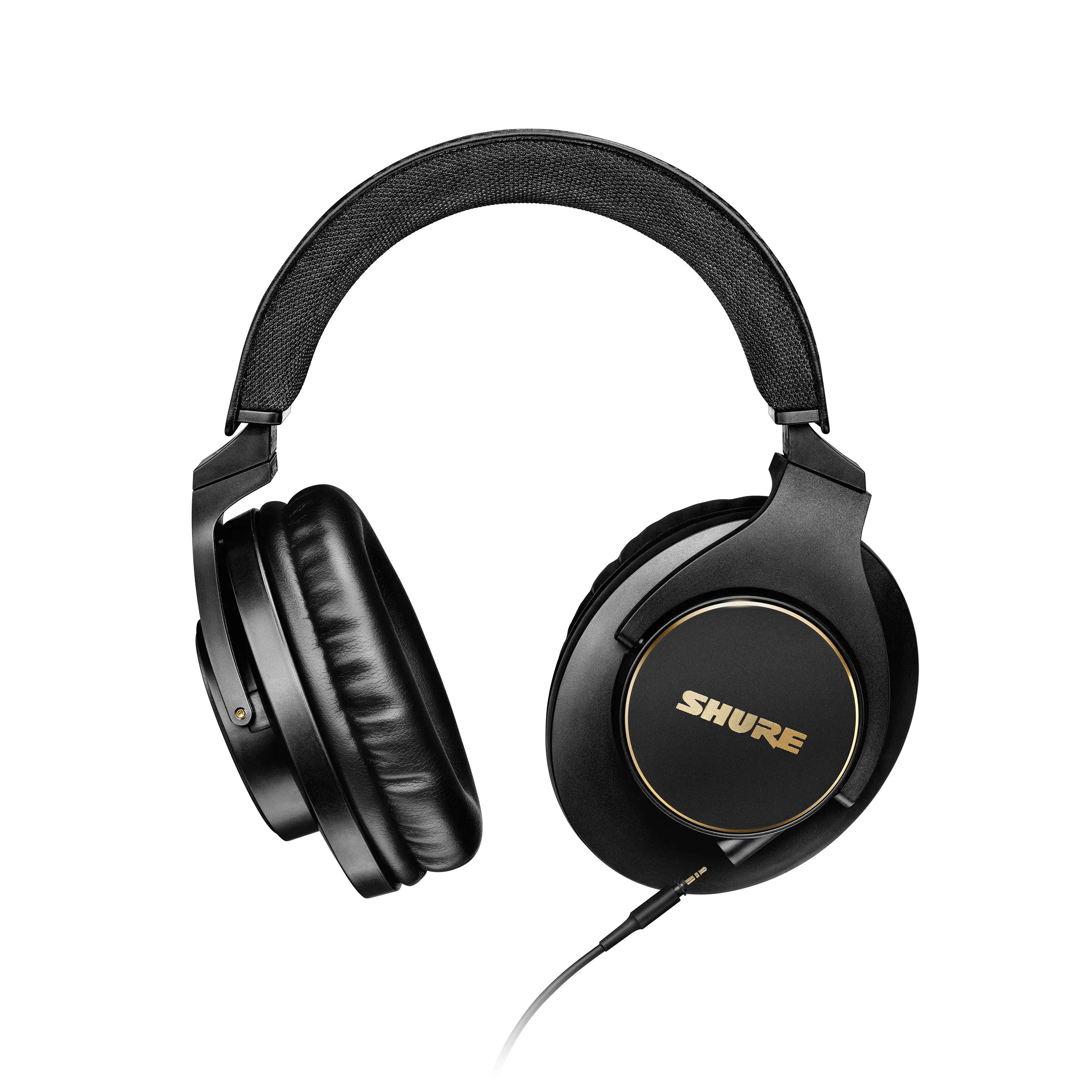What Does it Take to be Vocal Coach to the Stars?

Justin Timberlake, Rihanna, Dave Matthews and Pharrell Williams have all relied on ROBERT ‘RAab’ STEVENSON to sound their best. LOUDER finds out what takes to be a vocal coach to the stars.
The day he has time to speak, RAab has been up since 4:30 am to prepare the R&B singer Monica for her big performance on the Good Morning America TV show.
“Those TV gigs are important,” he says. “I’ll ask the artist to go to bed early and then get up around two thirty in the morning to do a little cardio in the gym. Do a brisk walk. Get your lungs open and trick your body into thinking it’s later in the day.”
Normally, he would have been right there with Monica at the television studio in New York City. But just off a long tour with the Dave Matthews Band, RAab explains how he coached her remotely from his home studio in Atlanta. Such is the busy life of a man entrusted with some of the biggest voices in showbiz.
After the early-morning workout, he started vocalizing (online since he couldn’t be there in person) with the singer. “For the first 10 to 15 minutes we’ll work on the middle point of the range to the bottom part of the vocal range,” RAab says. “Once that starts to open up, I and begin to stretch out the top end of the voice.”
An artist usually then has to go get ready, have makeup done and do a soundcheck before more vocal exercises at 7:30 am – roughly an hour before a breakfast television performance. “At that point, the warmup is a little more aggressive,” he says, noting that all the hard work paid off for Monica. “She went straight from the interview to the soundstage. She killed it.”
So just how does someone become a vocal coach to the stars? RAab certainly never set out to become indispensable to so many top-shelf artists. In fact, he initially didn’t even want to be a professional singer.
“My whole family sings. But I didn’t want to sing. My mom actually forced me into it and now I’m grateful for it,” he says, detailing the reluctant beginnings of his musical career.
Touring with Timberlake

After achieving some success as an independent singer-songwriter, he joined the group 911 with members of the new jack swing scene. But his experiences with the music industry soon left him feeling frustrated and he abruptly left it behind him. It was only some time later, when he got a call from an old friend, that he ended up going on tour as a backing singer for Justin Timberlake.
“That’s when I met Justin’s voice coach Robin Wiley. And she had all these answers for the questions I had about the voice,” says RAab. “She would explain to me what was going on anatomically and how to fix it.”
Besides Timberlake, Wiley had trained the likes of Britney Spears and Christina Aguilera for Disney’s New Mickey Mouse Club before going on to shepherd the vocal performances and arrangements of Timberlake’s boy group 'N Sync. By all accounts, she had an encyclopedic knowledge of the voice and how to get the most from it.
“I never wanted to be a vocal coach – never in a million years. I didn’t think you could make a career out, to be honest,” he admits. “I just wanted to be a better singer on tour with Justin. She started downloading all this information.”
Before Wiley tragically died from cancer in 2006, she gave RAab a CD of exercises to do with Timberlake before he sang. Never attempting to fill her very big shoes, he would go on to help with arrangements and was eventually given a leadership role.
After touring with Timberlake for years, RAab began coaching other big stars including Rihanna and Kelly Clarkson. But no matter the genre or voice involved, he always starts with a similar approach.
“I come in with a lotta love, a lotta positive energy. It’s up to me to build confidence right away,” he explains. “Yes, I have to show them the areas where they are struggling, but also have to show them – really quickly – how to vocalize beyond and through that area.”

RAab compares his role as a star vocal coach to training professional athletes at the highest levels of competitive sports. Just as a tennis coach practices with a player for years before they make it to Wimbledon, he’s working with a singer long before the stage lights at the Grammy Awards are turned on.
“I know the song and if there’s anything that’s causing trouble, that’s when I’ll start modifying things out of my vocal toolbox,” he explains. “We may need to change this word here or the vowel sound to make it easier to reach. A lot of times I use what I call the ‘Karate Kid method’ – I fix a lot of that stuff in training exercises. And then when they go to sing the song it’s much easier.”
A Good Arrangement
Another big component of RAab’s job is preparing vocal arrangements, like he did for Timberlake’s Man of the Woods tour. The emphasis here is clearly on preparation, as he meticulously breaks down the vocal duties for the backing singers into three- or four-part harmonies. He then provides each singer with multiple versions of 20 to 30 songs that he has rerecorded in his home studio. These vary from the full track with their vocal part missing to solo a cappella tracks. This gives the singers an unparalleled view of their specific roles in a much larger production.
“And then when I get into rehearsals with them, I’m just working on tightening up things,” he says. “Their job ends up being a lot easier and they’ll be able to focus on choreography and other things.”
It’s that painstaking professionalism paired with an extremely affable manner that no doubt makes RAab such an effective vocal coach. But he also relies his wealth of experiences as a performer and his ability to cherish the success of those in the limelight as his own. This is especially true when he sees a singer start to regain their strength and confidence after they’ve been struggling.
“It brings me so much joy,” RAab says. “I get to work with legends every single night. I’m grateful.”
Web: kimadproductions.com
Insta: @robertraab
All images courtesy of RAab



